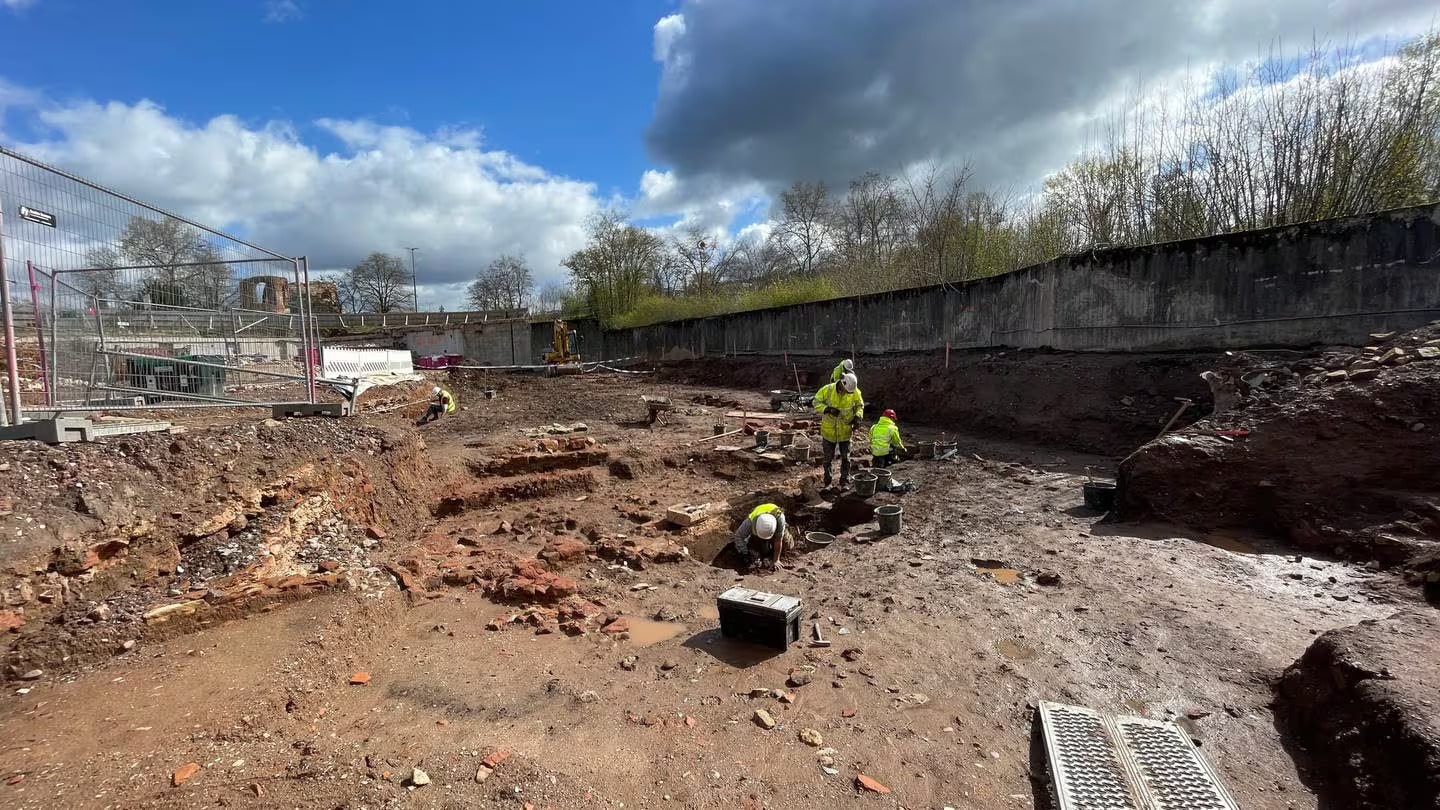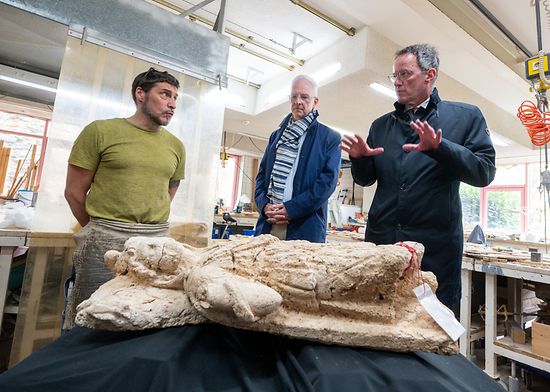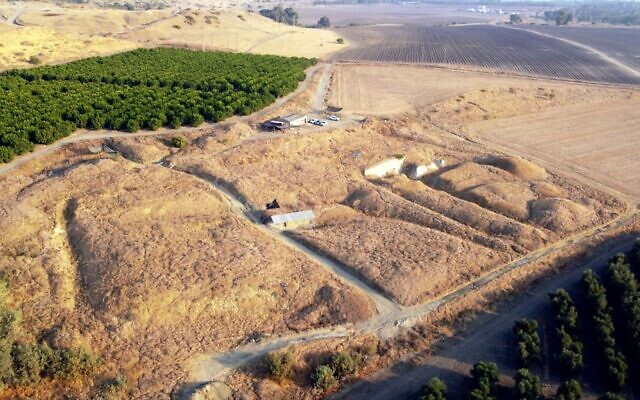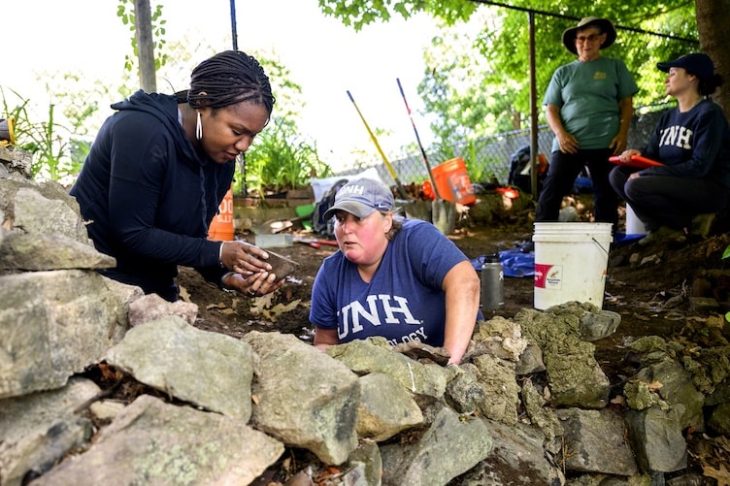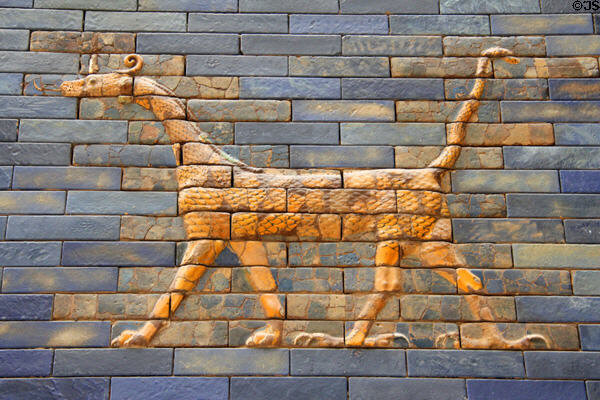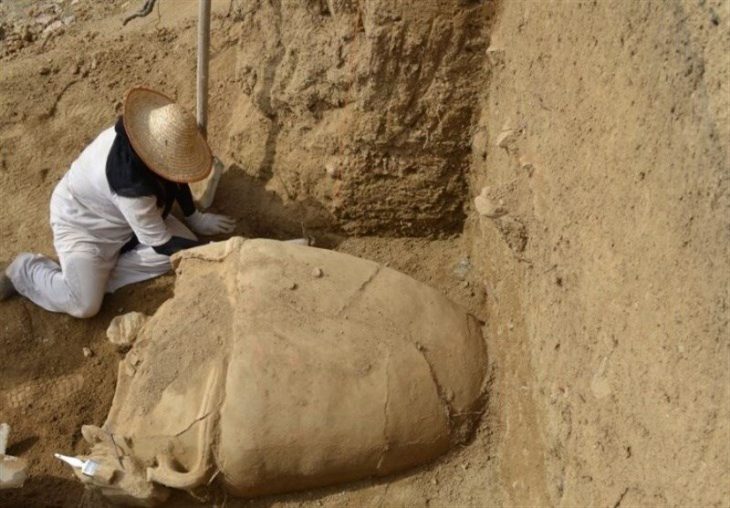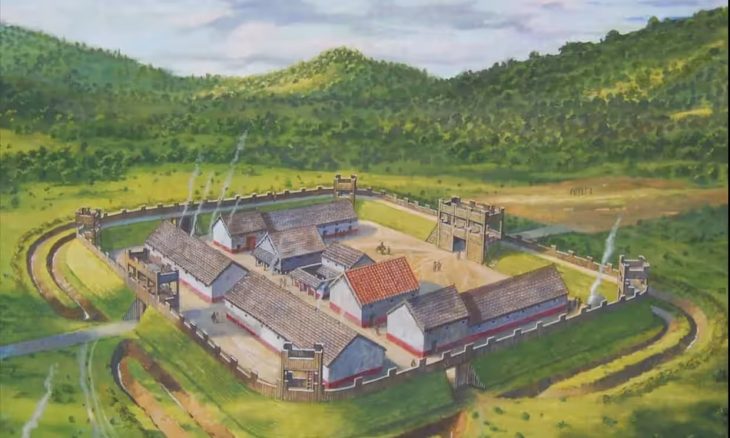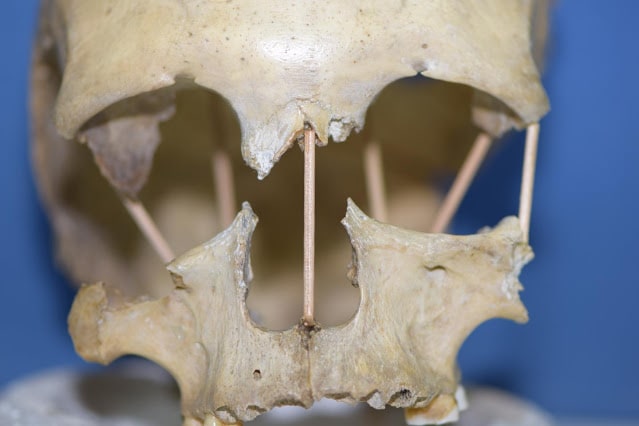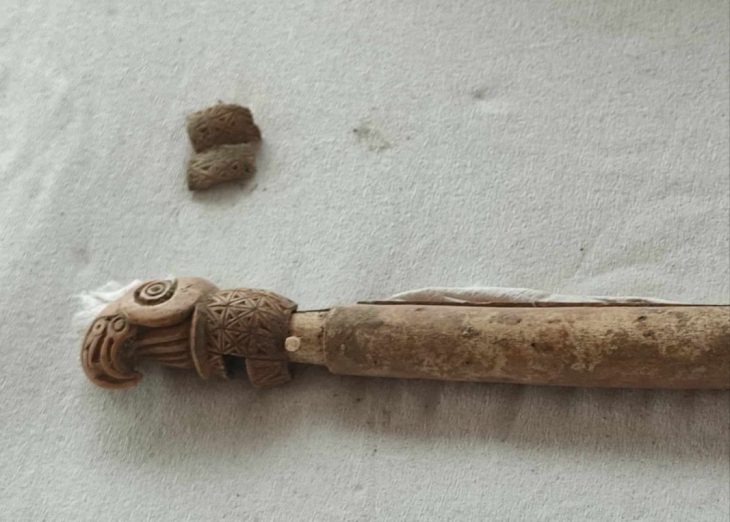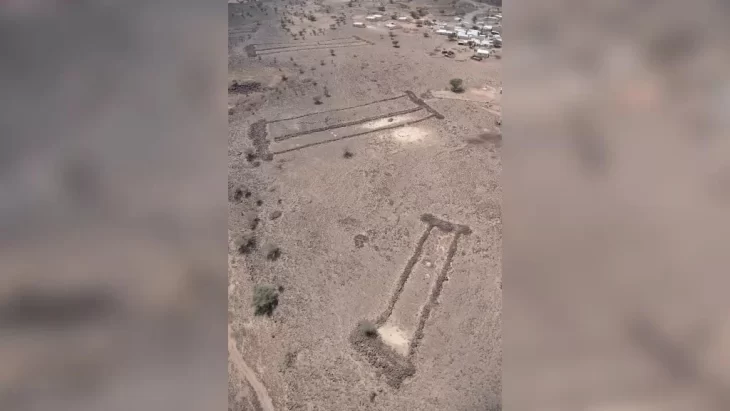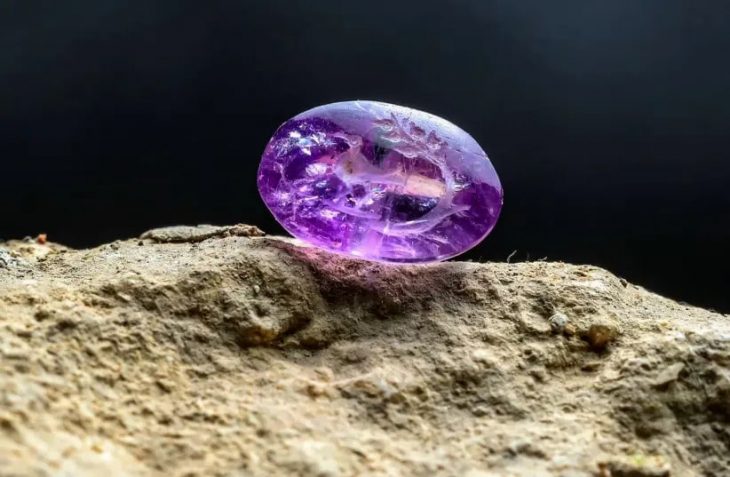A place of worship for the Roman god of light, Mithras, was discovered during archaeological excavations in Trier, in southwestern Germany.
The first findings from archaeological excavations started in Trier in February of this year at a site where a new central station for the city fire department was to be built was presented. Scientists discovered the remains of the Mithraeum – the sanctuary of the ancient Roman deity Mithra, which was destroyed and abandoned at the end of the 4th century.
So far, the most significant discovery at the excavation site has been a 1.2-meter limestone bas-relief depicting Cautes, one of Mithras’ two torch-bearing companions.
Cautes and Cautopates symbolize sunrise and sunset, summer and winter, and life, and death. Outwardly, they do not differ, but one holds the torch lit and up, the other – extinguished and down.

Mithra is a deity of Indo-Iranian origin – the god of friendship, harmony, agreement, and sunlight. As emphasized at a press conference in Trier on Tuesday, April 11, Mithraism spread throughout the Roman Empire in the second and third centuries of our era, particularly among legionnaires who believed Mithra brought victory.
Trier, founded by the Romans on the Moselle in 17 BC, is the oldest city in Germany and was the largest ancient Roman settlement north of the Alps.
For Trier, this is the second evidence of such a place of worship for the god Mithras, interior Minister Michael Ebling (SPD), responsible for cultural heritage said.
The sanctuaries of Mithras –Mithraeums – were usually located in underground rooms or caves. Mithraism adherents were obligated to maintain complete secrecy regarding the rites and sacraments, so modern ideas about this mystical religious cult are based mainly on the interpretation of surviving artifacts.
In the Roman Empire, Mithraism was widespread and for some time competed with Christianity. After Christianity became the official state religion, the cult started to decline. After that, the sanctuaries were destroyed or abandoned. In place of some, Christian churches were erected.
The relief is now in the restoration workshops of the Rheinisches Landesmuseum in Trier.

